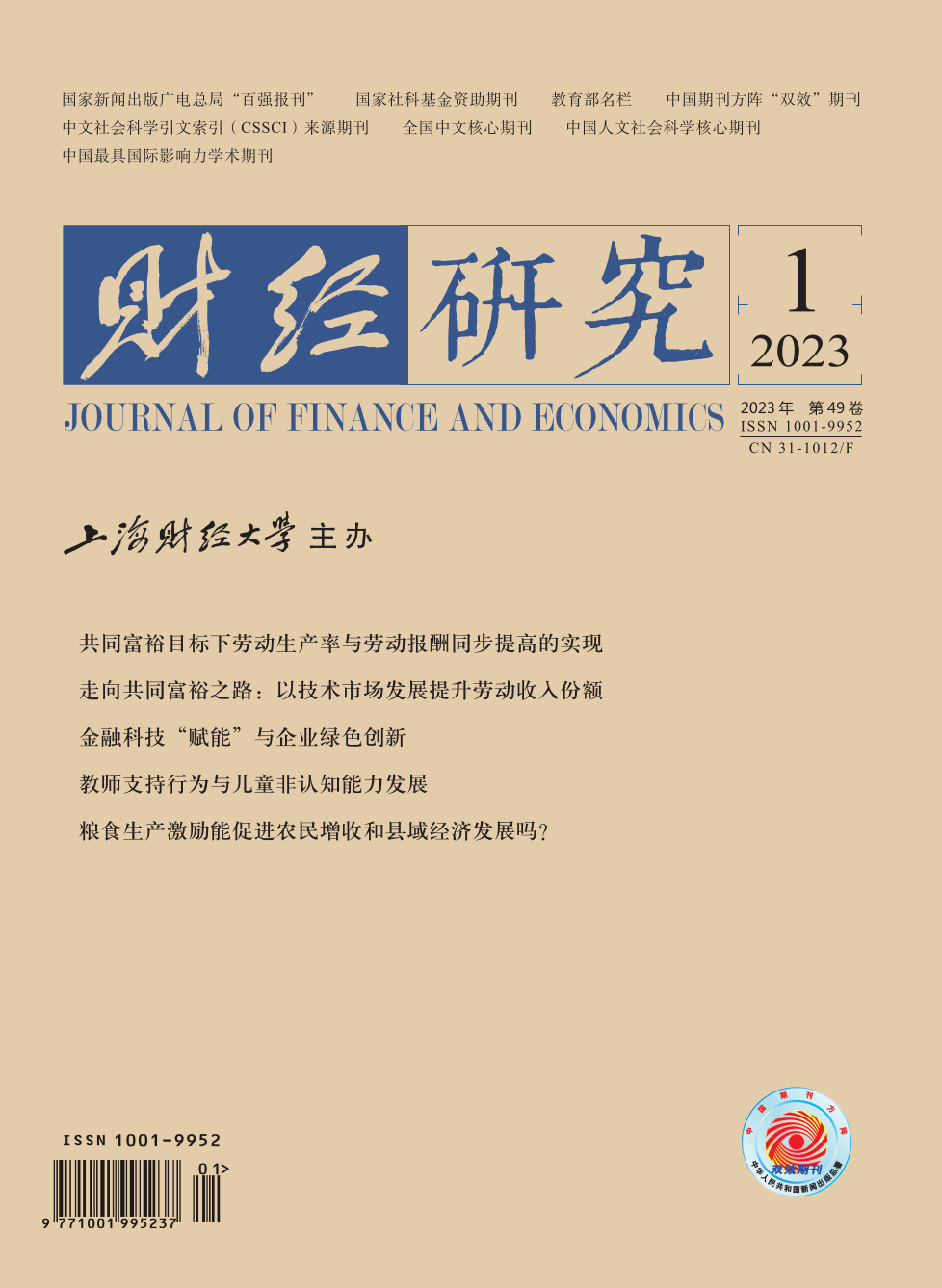Improving the degree of economic development achievements shared by employees helps to promote the realization of common prosperity and high-quality economic development. The synchronous growth of labor productivity and labor remuneration is an important aspect for employees to share the achievements of economic development. At present, Chinese enterprises are facing the problem of low synchronization between the contribution of workers and their remuneration growth, which has influenced the realization of common prosperity.
This paper combs the theoretical logic of the synchronous growth of labor productivity and labor remuneration, tests the synchronous growth degree of Chinese industrial enterprises, and finally discusses the path to improve the degree of synchronization. The results show that, theoretically, labor productivity and labor remuneration may achieve synchronous growth in a perfectly competitive market. The labor productivity and labor remuneration of Chinese industrial enterprises have not completely achieved synchronous growth. The synchronization of total factor productivity and labor remuneration growth is higher than that of labor productivity and labor remuneration growth, which are 46.4% and 27.4% respectively. Under the condition of higher market competition, the degree of synchronous growth of labor productivity and labor remuneration is higher; in addition, enterprises adopting a performance-linked remuneration system have a higher synchronous degree. Market-oriented reform and labor protection are two paths to improve the synchronous degree, and the two can form a joint force to improve the synchronization degree of labor productivity and labor remuneration growth. That is, in the case of more in-depth market-oriented reform, the minimum wage can better promote the synchronous growth. In addition, market-oriented reform can flatten the wage gap among enterprises. The minimum wage increases the probability of enterprise exit and the additional effect of capital replacing labor in the short term, thus reducing the employment rate and accelerating the exit of low-skilled employees from the labor market.
The contributions of this paper are as follows: First, it measures the long-term synchronization degree between labor productivity and labor remuneration growth. In the long run, the synchronization degree between the two is relatively low, reaching only 27.41%-30.56%. Second, along the two paths of market-oriented reform and labor protection, it discusses how to improve the degree of synchronization. It is found that both of them can improve the degree of synchronization, and when the degree of marketization is high, labor protection can better improve the degree of synchronization. Based on the above conclusions, this paper suggests that we should continue to deepen the market-oriented reform, and raise the minimum wage standard to protect employees when the market-oriented reform has achieved certain results and employees have better external employment opportunities, so as to form a joint force to better promote the the synchronous growth of labor productivity and labor remuneration.





 5626
5626  5284
5284

